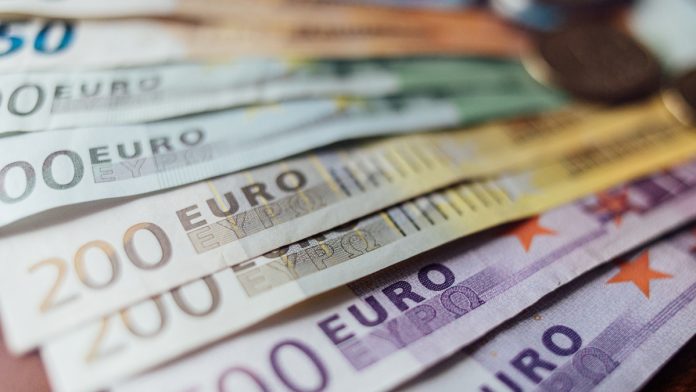- The Euro (EUR) holds gains thanks mainly to a weaker US Dollar (USD)
- Covid cases surge in US +150,000 a day
- Flows from stocks into bonds hit yields pulling on USD
- Eurozone GDP & US Consumer confidence in focus
The Euro US Dollar (EUR/USD) exchange rate is extending gains for a second straight session on Friday. The pair settled +0.2% higher on Thursday US$1.1804 slightly off the high of the day of US$1.1824. At 07:15 UTC, EUR/USD trades +0.1% at US$1.1814. Owing to steep losses at the start of the week the pair is on track to book losses of 0.5% across the week, after gains of almost 2% in the previous week.
The Euro is clinging onto gains as covid cases continue to mount both in Europe and the US. Germany and France continue with a national lockdown and Italy is contemplating a national lockdown in a bid to stem cases.
Attention will turn to Eurozone Q3 GDP data. Analysts are expecting the reading to confirm the initial 12.7% quarter on quarter rebound as the economy rebounds from the lockdown period nd record contraction in Q2.
However, with the Eurozone’s largest economies in lockdown, a double dip recession will be unavoidable. His means that the Q3 data is as good as out of date already.
The US Dollar is edging lower as traders digest the latest covid and fret over the possibility of a national lockdown in the US.
The US recorded over 150,000 new daily covid cases on Thursday, a record high and hospitalisations surged to 67,000. Investors are fretting that he US will be put back under national lockdown in order to stem the virus’ spread. These fears are overshadowing the vaccine elation from earlier in the week. Funds are flowing out of stocks into Treasury bonds, pushing yields lower and weighing on the US Dollar.
Adding pressure to the greenback were reports that US fiscal stimulus talks had completely stalled. With the possibility of the US going back into lockdown but without any additional stimulus could leave the US economy in a very weak position.
Attention will now turn towards US consumer confidence data.





